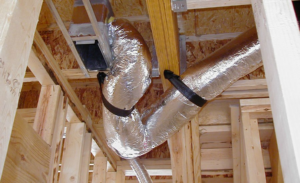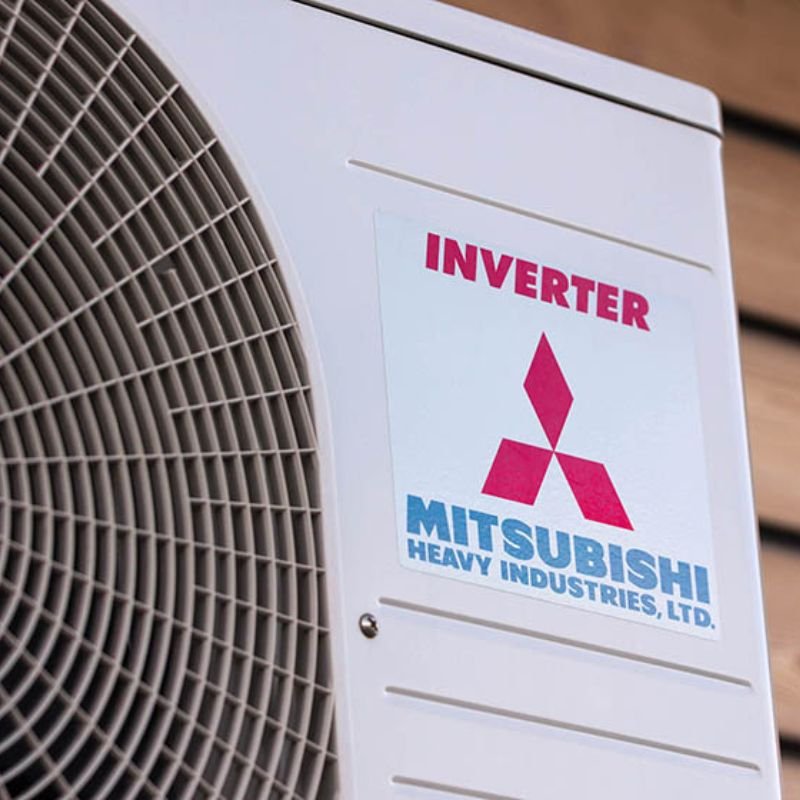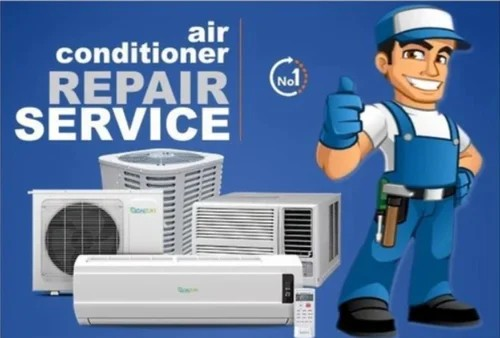There isn’t one single main problem with flex duct, but rather a combination of limitations that need to be considered during installation and use. Here are the two most significant drawbacks:
1. Airflow Capacity and Efficiency:
- Friction losses: Flexible ducts have a rougher inner surface compared to smooth, rigid metal ducts. This creates more friction as air flows through, reducing airflow efficiency and potentially leading to pressure drops in the system.
- Reduced capacity: Due to these friction losses, flexible ducts might not be able to handle the same volume of airflow as rigid ducts of the same size. This can be an issue in larger spaces or systems requiring high airflow.
2. Durability and Maintenance:
- Sagging: If not properly supported, especially over long distances, flexible ducts can sag over time. This restricts airflow and reduces the effectiveness of the HVAC system.
- Prone to damage: Flexible ducts are more susceptible to physical damage like punctures or tears compared to rigid ducts. This can lead to air leaks and reduced system performance.
- Cleaning challenges: Like any ductwork, flexible ducts can accumulate dust and debris. However, their flexible nature can make them more difficult to clean thoroughly compared to rigid ducts.

Additional Considerations:
- Noise dampening: Flexible ducts generally offer less noise dampening than insulated rigid ducts. This might be a concern in applications where noise reduction is a priority.
In conclusion, while flexible ducts offer advantages like easy installation and maneuverability, their limitations in airflow efficiency, durability, and maintenance require careful consideration. Consulting with an HVAC professional is recommended to determine if flexible ducts are suitable for your specific needs and to ensure proper installation for optimal performance.


